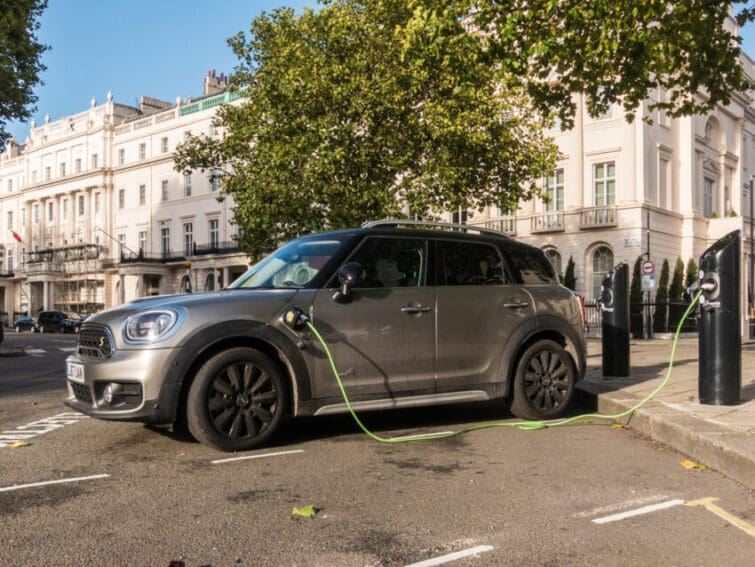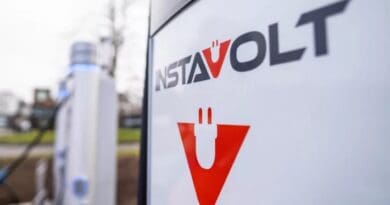Public charging roll-out ‘too focused on the South East’, says watchdog
England’s public charging network is on track to meet government targets by 2030 but risks missing out large parts of the country, according to the public spending watchdog.
The National Audit Office (NAO) has called for the government to put greater focus on regions outwith the South East and on rural areas after revealing that just 15% of public EV chargers are in rural parts of the country.
Its survey of public charging found that by July of this year 64,600 public charge points had been installed across the country. This indicates that the rollout is on course for the 300,000 that the Department for Transport estimates are necessary to meet demand by 2030.
However, 44% of existing chargers are concentrated in London and the South East.
The watchdog’s report said that this suggested the 300,000 target could be reached without achieving the spread of chargepoints needed to support road transport across the whole country. And it urged ‘greater focus’ to ensure all parts of the country had adequate infrastructure.
Not meeting all drivers’ needs
The report also revealed that targets for charging at motorway service stations had still not been met and disabled motorists were not being sufficiently catered for.
The previous government had wanted every motorway service area to have at least six ultra-rapid chargers by the end of 2023. However, by July 2024, just 62% had this many.
The report warned that current infrastructure “has not met the needs of drivers with disabilities”. It cited problems including pavement obstructions, heavy cables and out-of-reach controls as among the issues making chargers inaccessible for some drivers.

Gareth Davies, head of the NAO, said: “Government’s estimate of the 300,000 public electric vehicle chargepoints needed by 2030 appears achievable, although there is more to do to ensure adequate coverage in all parts of the country.
“Government is using regulation to improve the user experience of public chargepoints and needs to address access for people with disabilities.”
Government must lift barriers
represents the charging industry. Its CEO Vicky Read said that the government needed to make it easier for chargepoint operators to install new hardware. She commented, “The NAO report backs up the research in our own White Paper that found that we are on track to deliver over 300,000 public charge points by 2030.
“Now the challenge is to stay on track, and for that to happen government must pay heed to the recommendations in this report and tackle the remaining barriers holding us back from going even further and faster.
“Planning permission and grid connections need to be simpler and faster. And we would like to see the Local EV Infrastructure scheme get going at pace to facilitate the vital roll out in all parts of the UK.”
AA president Edmund King said: “It is vital that communities are not left behind, and the NAO is right to point out that northern and rural areas are not seeing installations at the same rate as the south.
“To provide confidence to drivers now and in the future, it is crucial that all road users, including those with mobility issues, can use public chargers easily.”
The RAC’s head of policy Simon Williams added that charging networks had done a ‘huge amount’ of work to building infrastructure but needed help to ensure grid connections could support rapid charging in every part of the country.
Sue Davies, head of consumer protection policy at Which?, said the consumer body’s research showed half of drivers still cited public charging concerns as a barrier to buying an EV, with rural drivers even less inclined to switch than urban motorists.
She said: “Which? is calling on the government to clarify the responsibilities of local authorities and ensure authorities, including those in rural areas, have the guidance and support they need to expand the network. Public funding for chargepoints should be targeted to areas where the market is not delivering.”






